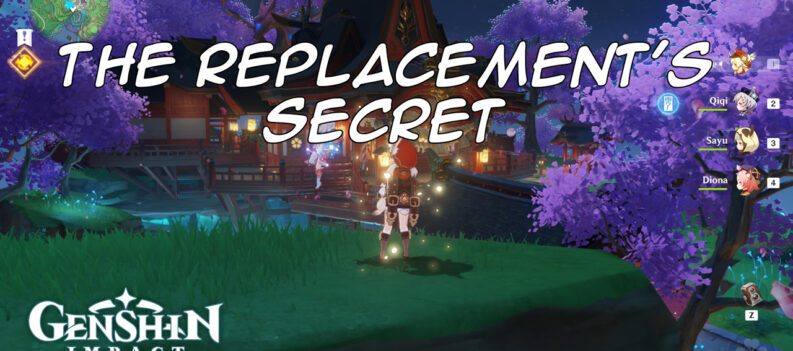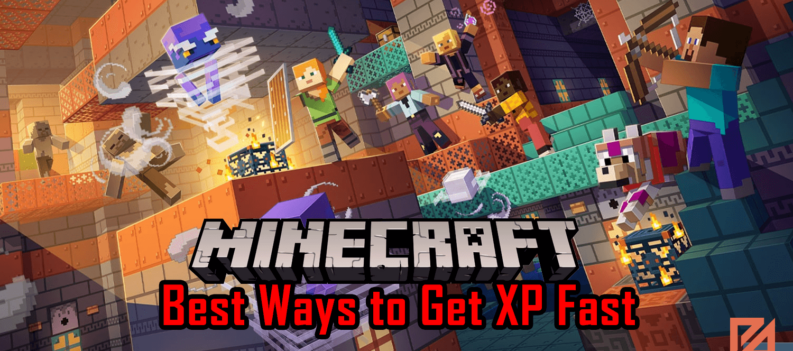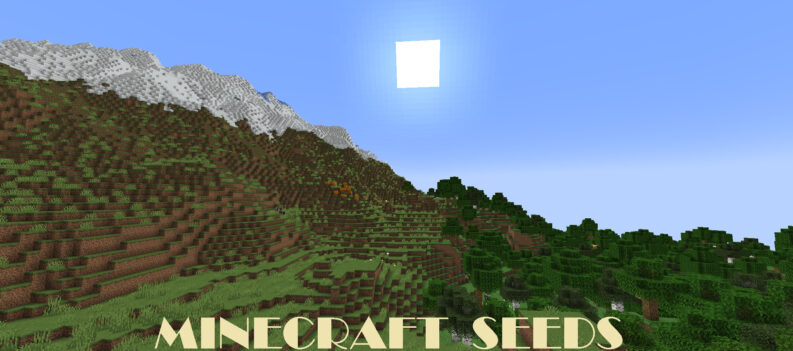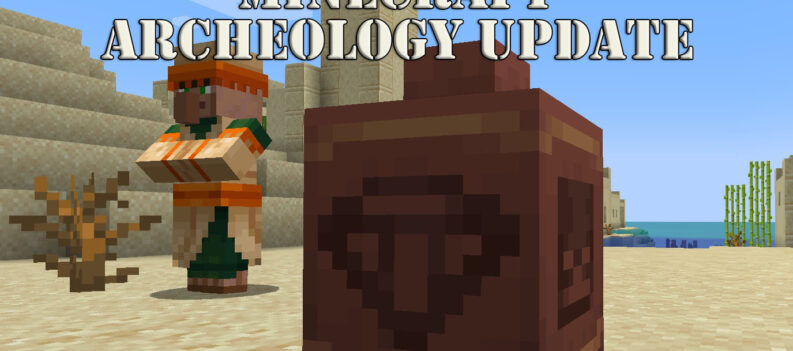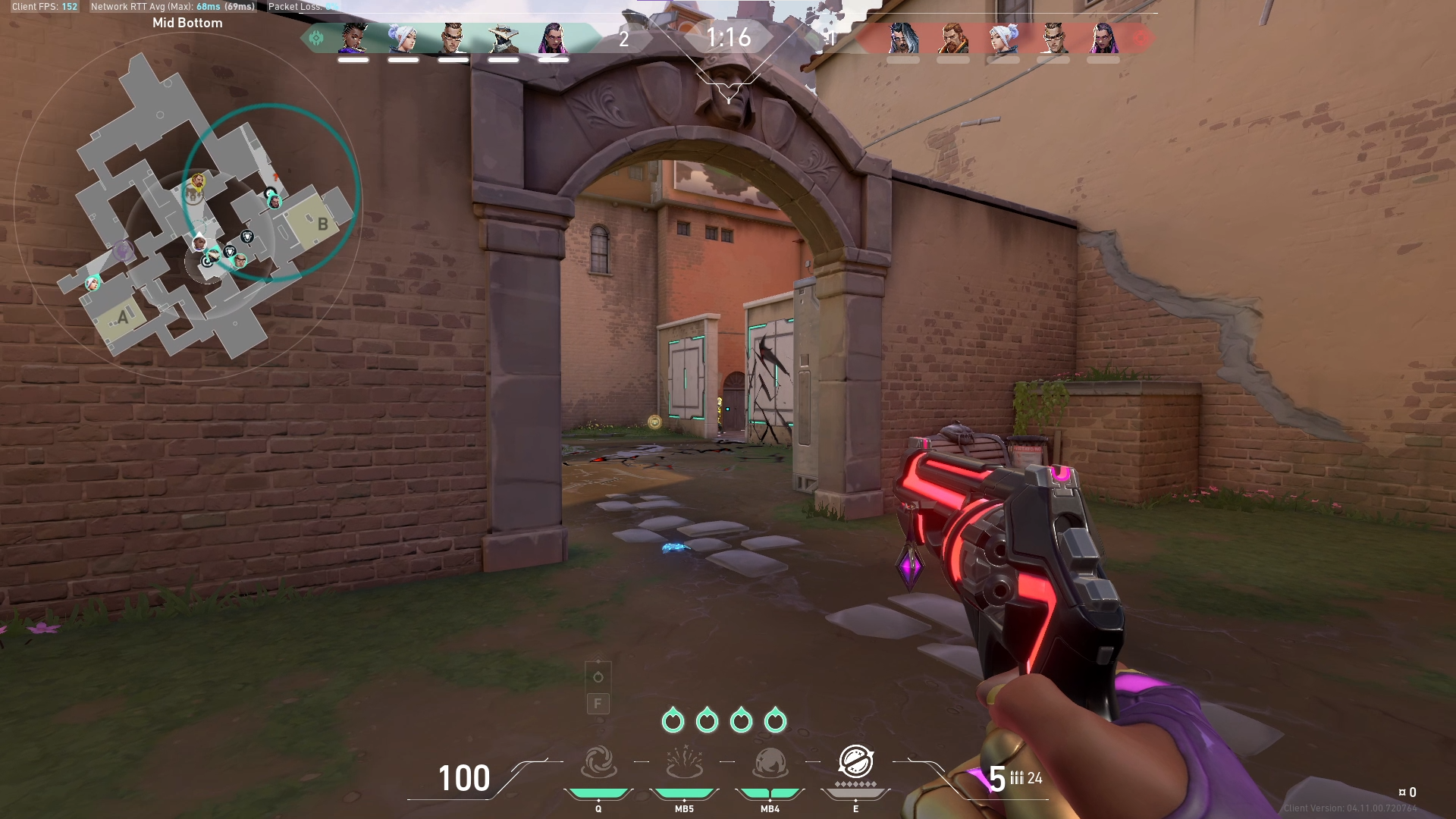Like other survival game modes, Minecraft requires players to eat food to sate hunger and survive longer in the game. Mobs—particularly passive ones—drop raw meat when killed, which players can cook for consumption. But once passive mobs are killed, they will spawn less often. Eventually, the players will run out of meat when they keep killing the passive mobs without actually breeding them. The same can be said for vegetation in Minecraft. Even when players can obtain food items such as potatoes and wheat in village chests, this is not sustainable. The best way to do this is to make farms. Farms created with a small investment of your time and effort will only yield a short food supply. However, larger farms such as automatic farms can yield the most food. And once you build a farm, you will have an endless supply of crops, and you can also sell them to farmer villagers in exchange for emeralds.

For Crop Farming

As an essential start to crop farming, building a wheat farm is the best and easiest way to obtain your first set of crops, as wheat seeds can be obtained through cutting grass. Besides having your crop seeds on hand, you will also need dirt blocks, a hoe, and a bucket of water. Placing even a single water source on the ground can hydrate up to four farmland blocks in all directions. So to strategically use this, the most effective farm design should be a 9×9 area with a single water block in the middle. Then it would be best if you put up fences around your plot of land to prevent mobs from walking around your farm. Since a single block of water can extend up to the 9×9 area, this will save you a lot of effort creating water sources, and it also allows for more room to grow crops using less water. And another trick to farming is by placing a slab on top of the water block. This will prevent you from falling into the water and remove any risk of trampling your crops. You can also speed up the growth of your crops by using bone meal on them, which you can quickly obtain by crafting bones from skeletons.
Another tip to crop farming is placing crops in alternate rows with vacant farmland or a different crop. This allows the crops to speed up their growth more than parallel-planted crops. But once you are at that point where planting a whole field with a single crop is available, then speed in crop growth will not matter anymore. An excellent way to harvest your crops is to use a water bucket to manipulate the flower of water as water will uproot any planted crop. Then after building your first crop farm, you may also stack more farms above the first. The lighting block for every layer of farmland can hold up the water source for the next layer, allowing you to grow all six basic crops, including melon and pumpkin, and harvest any crop you might need.
For Pumpkin and Melon Farming

Players will most likely obtain pumpkins first through the game rather than melons. This is good considering that pumpkins can be crafted into jack o’lanterns that can provide light at night light underwater and are highly valuable for marking locations and pathways and showing directions. Another way to utilize pumpkins is to use them as ingredients to make pumpkin pies that players can consume to restore health and hunger. And jack o’lanterns—created from pumpkins—can be placed on top of 4 blocks to make an iron golem and three blocks of snow to create a snow golem. These golems can then be used to protect your base or a village from hostile mobs as they are friendly with players and villagers. Melons are pretty different from pumpkins as they are mainly used for brewing potions. Anyhow, melons and pumpkins grow almost identically. And since they also grow on farmland, using the 9×9 method can also work for them. They are planted with a space next to the seed location since a single melon or pumpkin block requires two blocks to grow. The vine will grow on the first block, and the pumpkin or melon will grow on the second block. And you can harvest the melon and pumpkin while leaving the vine to regrow itself.
For Sugar Cane Farming

When you have reached the stage where you will not need to add additional food items to your general food supply, you are ready to start preparing for more complex items, namely the sugar cane. Creating a sugar cane farm is essential to crafting sugar and paper. Sugar is a crucial ingredient in crafting a cake, a pumpkin pie, and some potions. On the other hand, paper is mainly required in crafting books, maps, bookshelves, enchantment tables, firework rockets, and cartography tables. Another excellent feature about sugar canes is placing them underwater to create air pockets. In this way, you can easily build underwater structures without resurfacing to breathe.
For Animal Farming

Animal farming requires players to breed at least two passive mobs of the same kind to multiply. This is a good way to obtain a sustainable amount of meat food items that passive mobs drop, such as raw pork chop from pigs, raw beef from cows, and raw chickens from chickens. You can make two of the same type of mobs breed by feeding each with their desired food item. Hold the food item in your hand and right-click on the mob to feed them food. Once fed, hearts will appear on top of their heads. When you have fed two of them, they will move close to each other, hearts will again appear, and a baby mob will spawn.
Breeding mobs will provide a substantial supply of food to sustain you on your adventures, and this will also prevent you from running low on supplies later on. Like crop farming, animal farming can also be manually done or created into an automatic farm using Redstone. Building automated animal farms can save you the trouble of breeding them one by one and collecting their loot when they are killed. You can also do the simple manual farm using only a few fences and a fence gate.
For Fishing

Fishing will allow you to acquire great items, including saddles, enchanted books, enchanted bows, and enchanted fishing rods. When you have acquired a couple of strings and sticks to craft your first fishing rod, fishing will be valuable in obtaining food, loot, and experience. And unlike other passive mobs, fishes caught using a fishing rod are infinite, unlike other salmon and cod that can be seen underwater where the fish supply is limited. And although fish generally does not restore a tremendous amount of hunger points compared to other valuable food items like steak and cooked pork chop, it is still much more accessible to obtain than regular passive mobs. Another great thing about fishing is the chance to get rare items in Minecraft. When you obtain an enchanted fishing rod, it will have a random enchantment equipped in which you may get lucky with the chance to obtain the luck of the sea enchanted fishing rod.



